The world’s most dangerous fish : Dive into the ocean’s perilous realm with our comprehensive guide on the various types of dangerous fish, including Pufferfish, Stonefish, and Lionfish. Discover their lethal secrets.
The world’s most dangerous fish : Introduction
The world’s most dangerous fish : In a world where over 30,000 different fish species navigate Earth’s oceans and freshwater bodies, the beauty of many is celebrated in fish stores and home collections. However, a darker reality exists, with some species possessing dangerous attributes that pose threats to humans. This article delves into the depths of the world’s most dangerous fish, exploring their unique characteristics, habitats, and the potential risks they pose to those who encounter them.
ALSO READ : The Precarious State Of The Vaquita : Battling Extinction In The Gulf Of California

Puffer Fish : Masters of inflation
The world’s most dangerous fish : The puffer fish, also known as swellfish or blowfish, belongs to the family Tetraodontidae and is renowned for its ability to inflate itself when disturbed. With around 90 species found in warm and temperate regions globally, these fascinating creatures have tough, prickly skins and fused teeth forming a beak-like structure. While some are used as food, caution is crucial, as many puffer species contain tetraodontoxin, a highly toxic substance concentrated in their internal organs. In Japan, where they’re known as fugu, specially trained chefs handle their preparation meticulously.
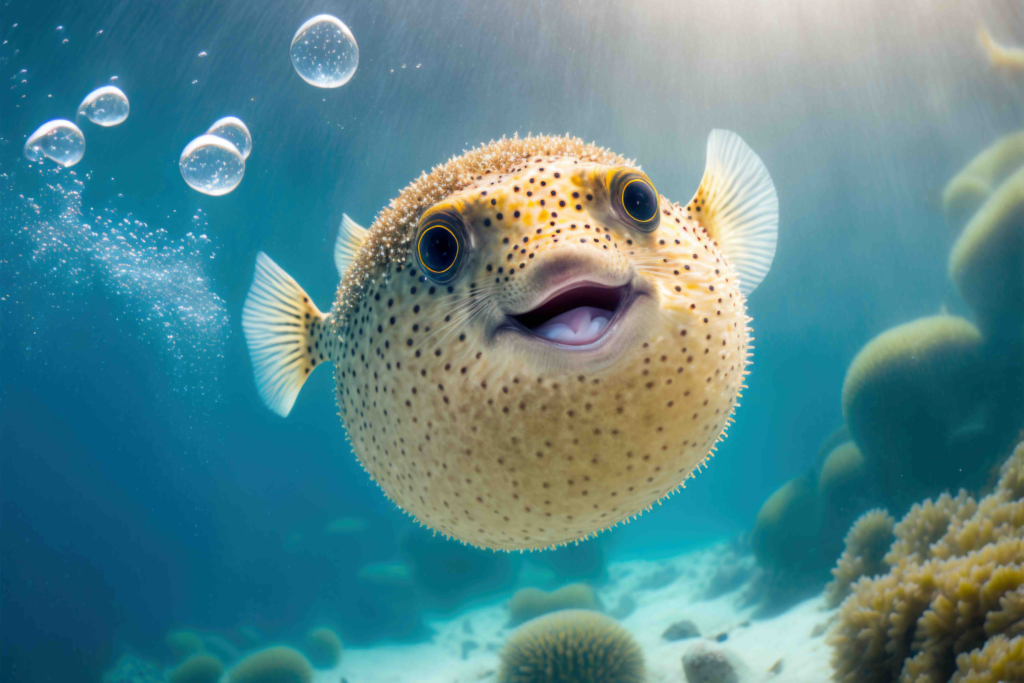
Red Lionfish : Beauty and venom
The world’s most dangerous fish : Lionfishes of the Pterois genus, particularly the red lionfish, captivate with their showy appearance in Indo-Pacific reef ecosystems. Sporting venomous fin spines, these fish, when disturbed, can deliver painful, though rarely fatal, puncture wounds. The red lionfish, native to the South Pacific, gained notoriety as an invasive species in the Eastern Seaboard of the United States, the Gulf of Mexico, and the Caribbean Sea. Suspected deliberate releases by pet owners and the aftermath of Hurricane Andrew in 1992 may have contributed to their establishment in these regions.
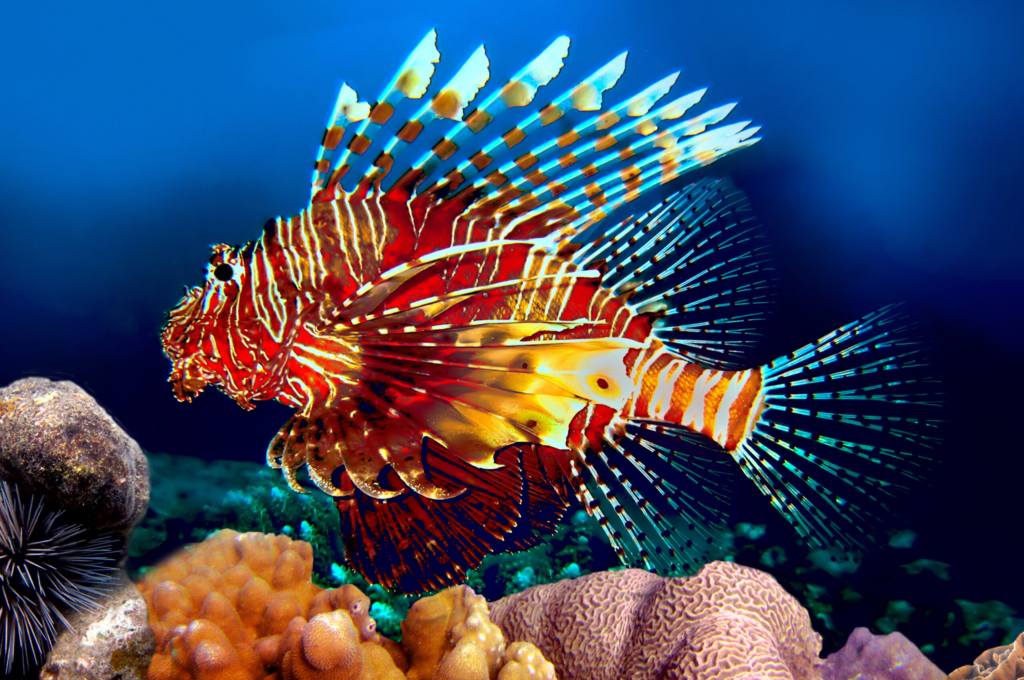
Candiru : The elusive parasite
The world’s most dangerous fish : The candiru, a scaleless, parasitic catfish found in the Amazon River region, is a mysterious and potentially dangerous creature. Growing to about 2.5 cm, it feeds on blood and is known to enter the urethras of bathers and swimming animals, causing inflammation, hemorrhage, and, in severe cases, death. Its translucent and eel-like appearance adds to the intrigue surrounding this elusive Amazonian menace.
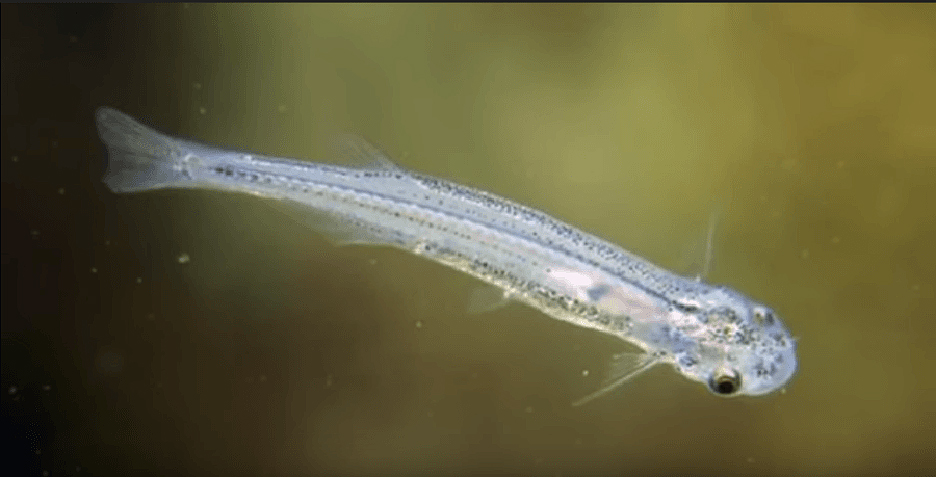
Great white shark : The apex predator
The world’s most dangerous fish : The great white shark, also known as white pointer, is a formidable predator that needs little introduction. The subject of fear and fascination, this shark has been around for millions of years. In areas where they are common, great white sharks are responsible for numerous unprovoked attacks on humans, inflicting serious injuries and, in some cases, fatalities. While some argue that attacks stem from curiosity, others contend it’s a case of mistaken identity, with humans being perceived as natural prey.
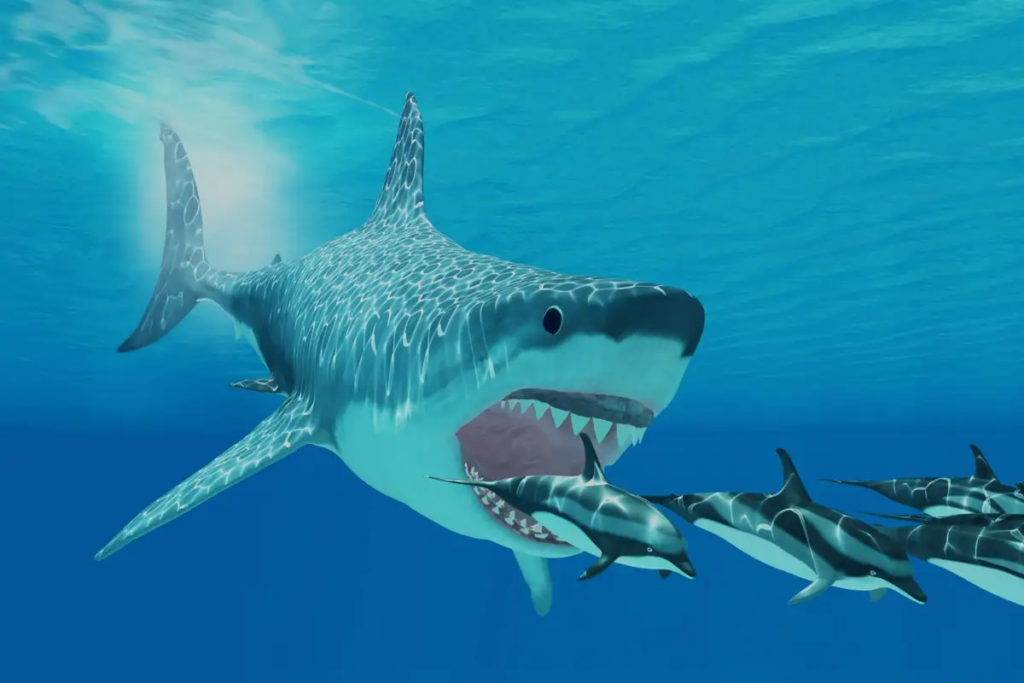
Moray Eel : Masters of ambush
The world’s most dangerous fish : With over 80 species, moray eels inhabit tropical and subtropical seas, lurking in shallow waters among reefs and rocks. Differing from other eels, they lack pectoral fins and boast rounded gill openings. While generally not exceeding 1.5 meters, these eels, with their wide mouths and sharp teeth, can inflict serious wounds on humans when disturbed. Some species’ flesh is toxic, adding an extra layer of danger for those attempting to consume them.

Tigerfish : Fierce freshwater predators
The world’s most dangerous fish : Tigerfish, spanning several species, are known for their pugnacity and fiercely predaceous habits. In African freshwaters, the Hydrocynus genus comprises admired game fishes with dagger-like teeth and impressive sizes. The Indo-Pacific also hosts smaller, boldly striped tigerfish species. Their sharp spines pose a threat to careless handlers, emphasizing the need for caution when dealing with these formidable freshwater predators.

Piranha : Myth versus reality
The world’s most dangerous fish : Piranhas, often depicted as ravenous killers in movies, are razor-toothed carnivorous fish inhabiting South American rivers. Contrary to their exaggerated reputation, most species are scavengers or feed on plant material. The red-bellied piranha, infamous for its strong jaws and sharp teeth, rarely attacks large animals, and piranha attacks on humans are rare. Understanding their behavior dispels myths surrounding these creatures and emphasizes the importance of responsible reporting on their true nature.
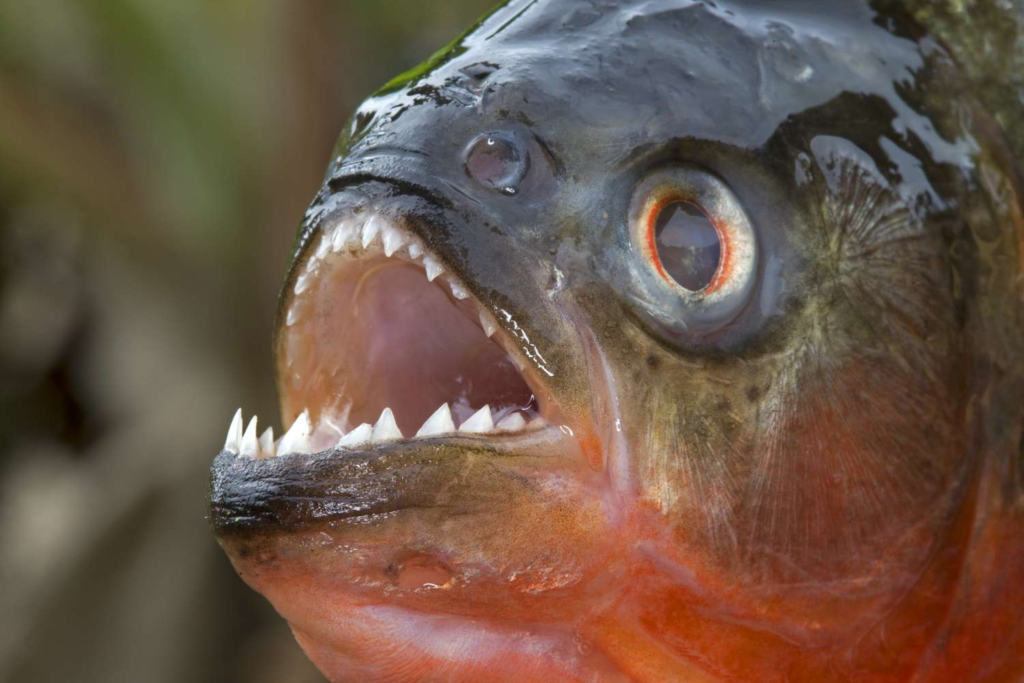
Stonefish : Masters of camouflage
The world’s most dangerous fish : Stonefish, belonging to the genus Synanceja, are venomous marine fish found in the tropical Indo-Pacific. Their ability to blend seamlessly with their surroundings, coupled with venomous dorsal-fin spines, makes them a dangerous threat. Stepping on these fish can result in intense pain and, in some cases, fatalities. Awareness of their presence is crucial for those navigating shallow waters in regions where stonefish are prevalent.
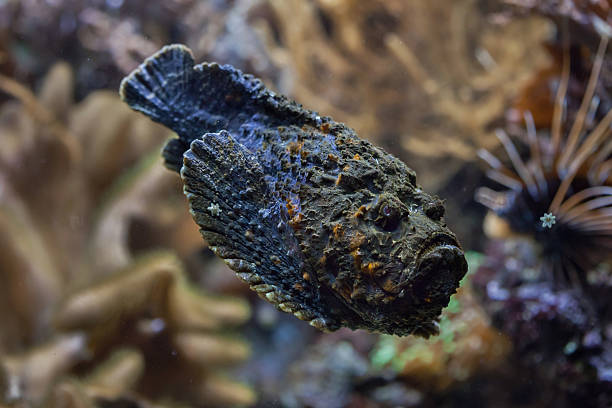
Atlantic Manta : Majestic giants of the sea
The world’s most dangerous fish : Manta rays, belonging to the family Mobulidae, are magnificent marine rays found in warm waters across continents and islands. With fleshy enlarged pectoral fins resembling wings, mantas feed on plankton and small fishes. While some species are small, the Atlantic manta, or giant devil ray, can grow to over 7 meters wide. Contrary to old tales, these majestic creatures are inoffensive and pose no threat to humans.
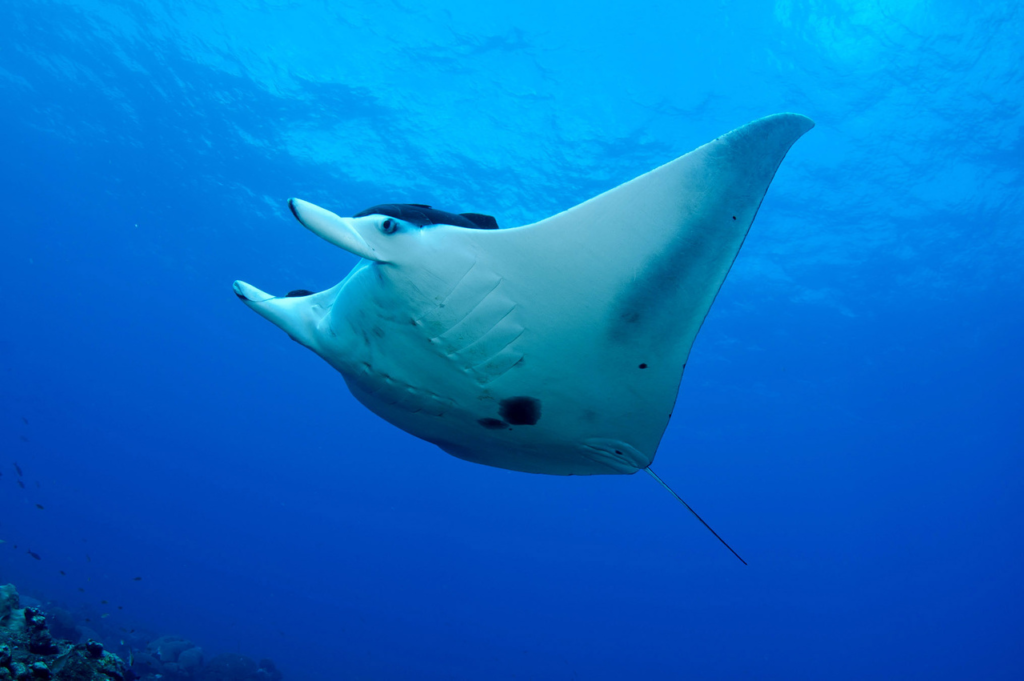
Electric eel : Nature’s shocking predator
The world’s most dangerous fish : The electric eel, a South American fish related to piranhas, produces a powerful electric shock to stun its prey. Despite its name, it’s not a true eel but a relative of characin fish. Growing up to 2.75 meters, these electric predators are crucial for the ecosystem in the whitewater flooded forests. Their electrical discharges, reaching up to 650 volts, serve not only for hunting but also for navigation and communication.

Conclusion
The world’s most dangerous fish : Understanding the world’s most dangerous fish is crucial for promoting safety and dispelling myths surrounding these fascinating creatures. From the elusive candiru in the Amazon to the iconic great white shark, each species plays a unique role in the intricate tapestry of marine life. Respect, caution, and responsible reporting are key to coexisting with these remarkable inhabitants of our planet’s waters.
To explore more news : Click Here
ALSO READ : The Fastest Animals In The World : Nature’s Speed Demons




































